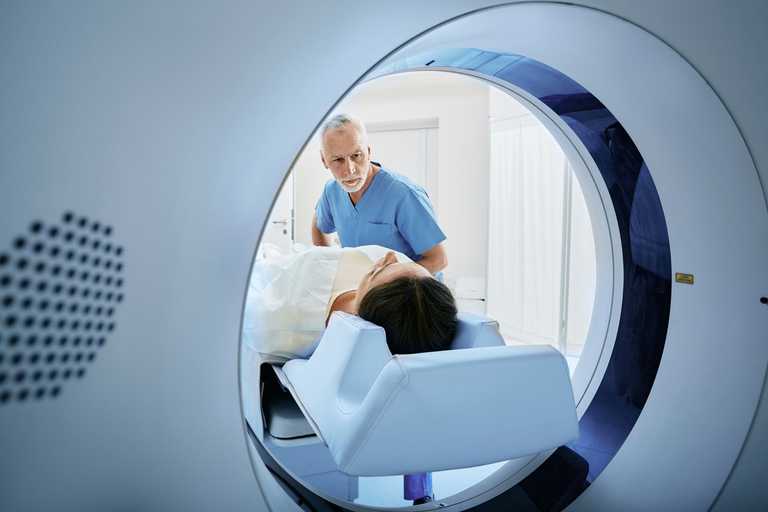How does nSTRIDE compare to PRP Therapy or surgery?
nSTRIDE and PRP injections are similar in that both are autologous treatments that utilise blood proteins to promote tissue healing. The key difference between the two is that nSTRIDE contains white blood cells (leukocytes) and anti-inflammatory proteins (cytokines), which are not present in PRP injections. Also, unlike PRP, which requires several injections to attain desirable results, nSTRIDE is a one-time injection providing results that typically last between 1 to 2 years.
Compared to keyhole surgery, nSTRIDE is a non-invasive procedure with minimal to no downtime, and it can be performed within an hour. For patients with moderate osteoarthritis, keyhole surgery is often not considered to be beneficial, but nSTRIDE tends to slow, halt, and even reverse osteoarthritis progression. As a non-invasive and autologous procedure, nSTRIDE carries few risks, unlike surgery. In severe cases however, nSTRIDE cannot be used in place of total knee replacement but could delay the need for surgery.
Related FAQ(s)
- View and download our Patient Leaflet for Ultrasound Guided Injection at Prime Health
- What is nSTRIDE?
- What is nSTRIDE used for?
- What are the benefits of nSTRIDE?
- How soon will I notice results after I have had an nSTRIDE injection?
- How long can I expect the results to last after nSTRIDE?
- How does nSTRIDE work?
- Are there any side effects of nSTRIDE?
- Can I receive an nSTRIDE injection again?



